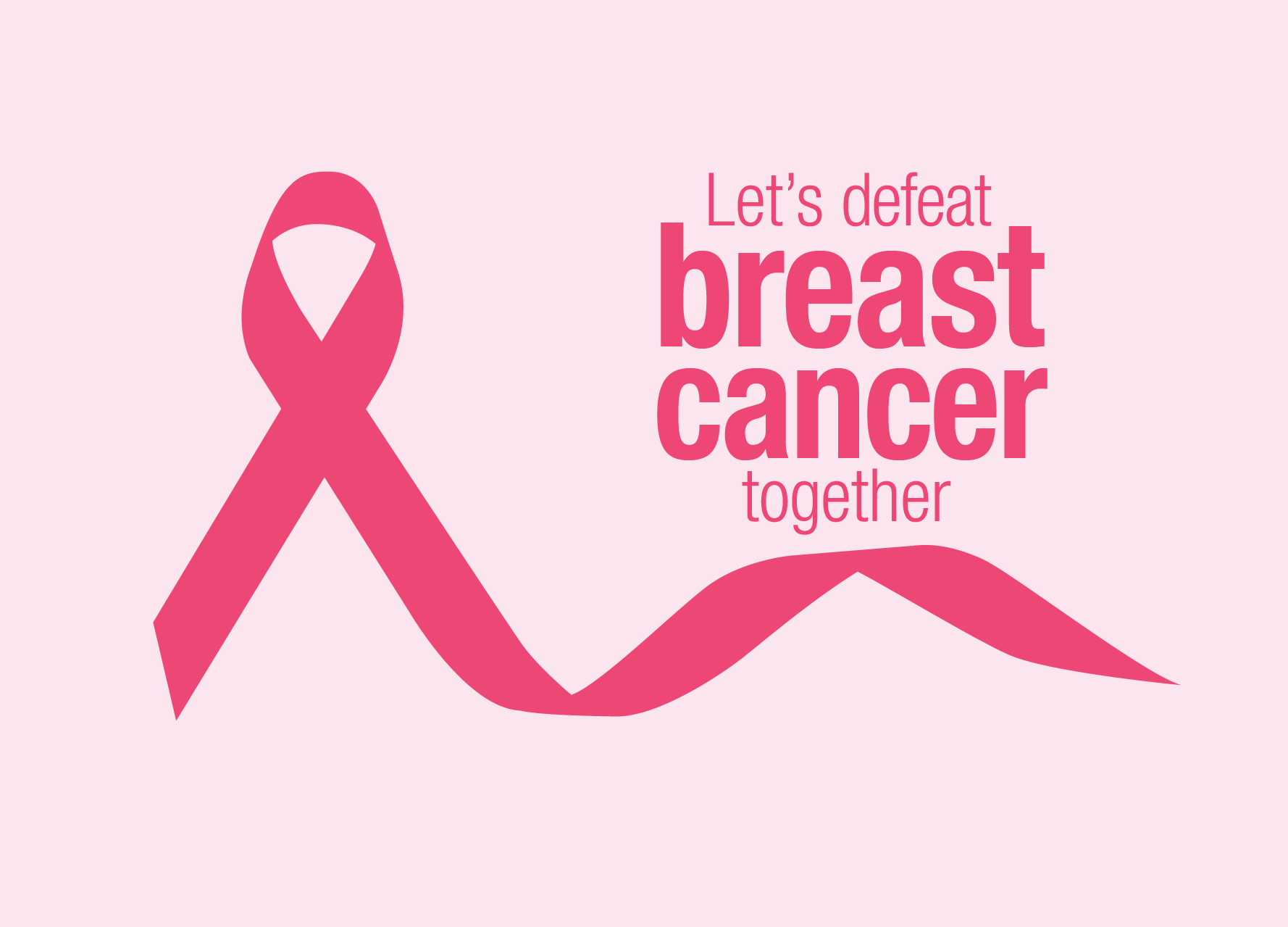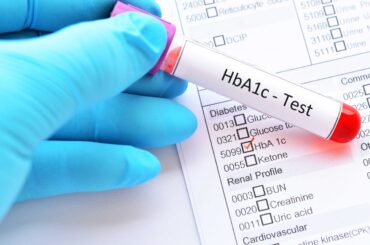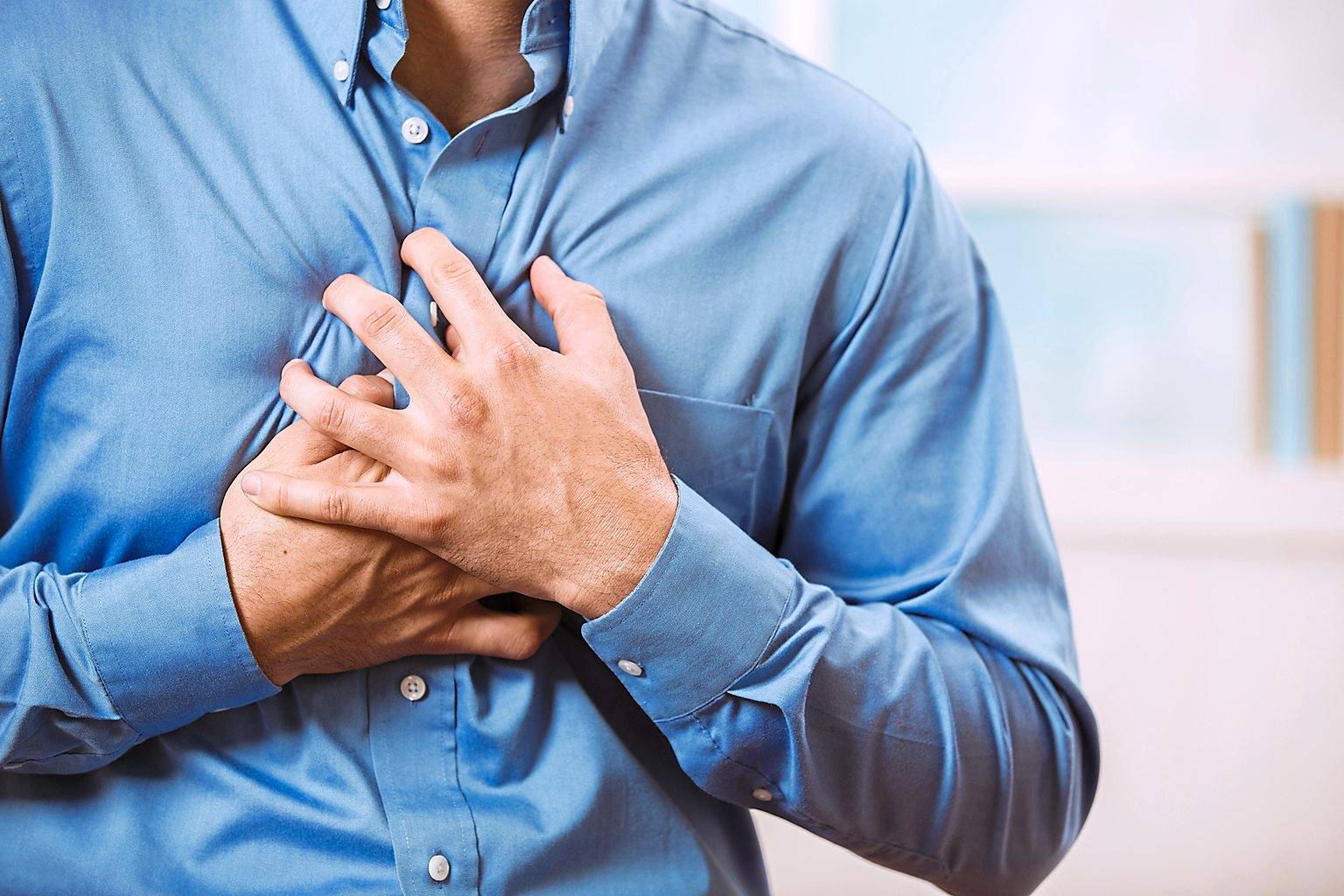I usually write about diet tips on this blog. However, a recent encounter with a patient made me write about something different today. It’s about breast cancer. A common condition that affects females worldwide.
Let me first tell you the story about the patient,
This patient I’m talking about is a 33-year-old lady, a mother of an 18-month-old child. She was recently diagnosed with metastatic breast cancer and is now undergoing treatment.
One day while bathing, she has initially detected a small breast lump in one of her breasts.
She went to see a doctor, who examined her lump and offered a biopsy. After undergoing a biopsy, the results came as a benign lump, and she was reassured and discharged.
However, three months later, her breast began to swell, and she was feeling uncomfortable in her affected breast.
After seeing a doctor again, a second biopsy was performed. And this time, the results came like a malignant breast lump.
She underwent a pet scan, which showed multiple metastases in her liver and bones and possibly in one of her ovaries.
She is now undergoing chemotherapy and possibly will undergo surgical removal of the breast and ovaries and possibly metastasis in her liver.
What can we learn about her from this story,
We can learn quite many lessons from her story. Even though breast cancers are common among females, it’s one of the most curable cancers out there, with a success rate of around 80% if detected early.
See what I mentioned, if detected early. Early detection is the key to defeating breast cancer.
It is easy to cure breast cancer when it is still localized to your breasts than to cure it when it has spread to other parts of the body.
So what are the signs of breast cancer?
- A lump at one of your breasts. This can be painful or painless
- A breast discharge. This can be watery or blood-stained
- Change of skin over the breast
- Change in the nipple, such as nipple retraction
- Swelling or redness of a breast
These are some of the signs of breast cancer. Early detection of any signs of breast cancer is very important and can be a lifesaver.
An important lesson. Even though someone is breastfeeding, that does not mean that they cannot get breast cancer. Even though developing breast cancer is rare among pregnant and breastfeeding females, it is not uncommon for even breastfeeding females to develop breast cancer.

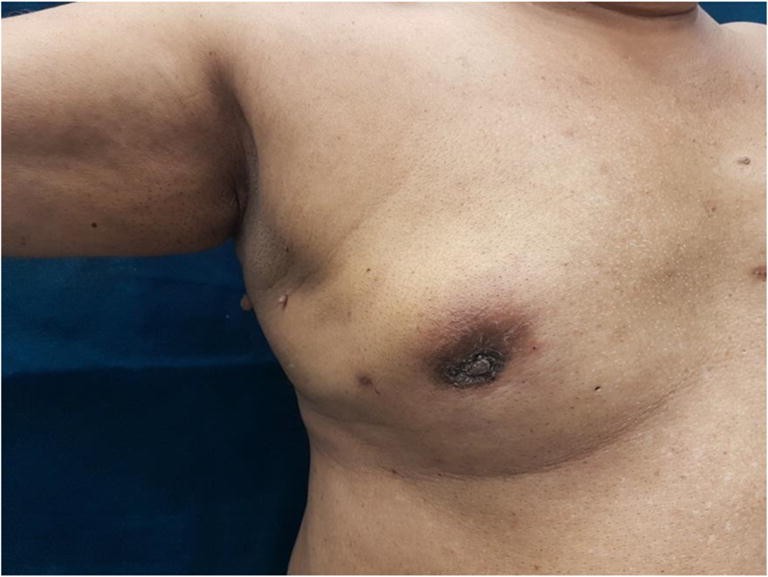
Risk factors for breast cancer,
Another lesson that we can learn from her story is age. Most people tend to believe that breast cancer occurs in old age. While this is somewhat true, that does not mean that you can get breast cancer early in your life.
Therefore don’t disregard any sign of breast cancer, just because you are young.
Some of the risk factors for breast cancer include,
- Early menarche
- Late menopause
- Age of first childbirth, the older the age the, higher the risk of developing breast cancer.
- Nulliparity
- Family history of breast cancer
- Obesity
- Age
- Inherited mutation of any genes that cause breast cancer
- Exposure to radiation
You need to be vigilant about your family history, whether you have any close relatives who had breast cancer or had breast cancer at a young age.
If there is a family member who had breast cancer, then you will also have a higher risk of developing breast cancer.
There can be mutations in genes that are inherited in the family that can give rise to breast cancer, the most common ones being BRCA1 and BRCA2.
How to detect a breast lump early on it’s the onset
Self-examination of your breasts is one the easiest things anyone can do to detect a breast lump at an early stage.
Any female over the age of 30-years should do a self-examination of their breasts at least once a month.
As the name implies, self-examination is done by yourself. It’s easy to do, and won’t take more than few minutes to complete.
While doing a self-examination of the breasts, apart from looking for a lump, you should also look for other signs of breast cancer as well, such as changes of skin and nipple.
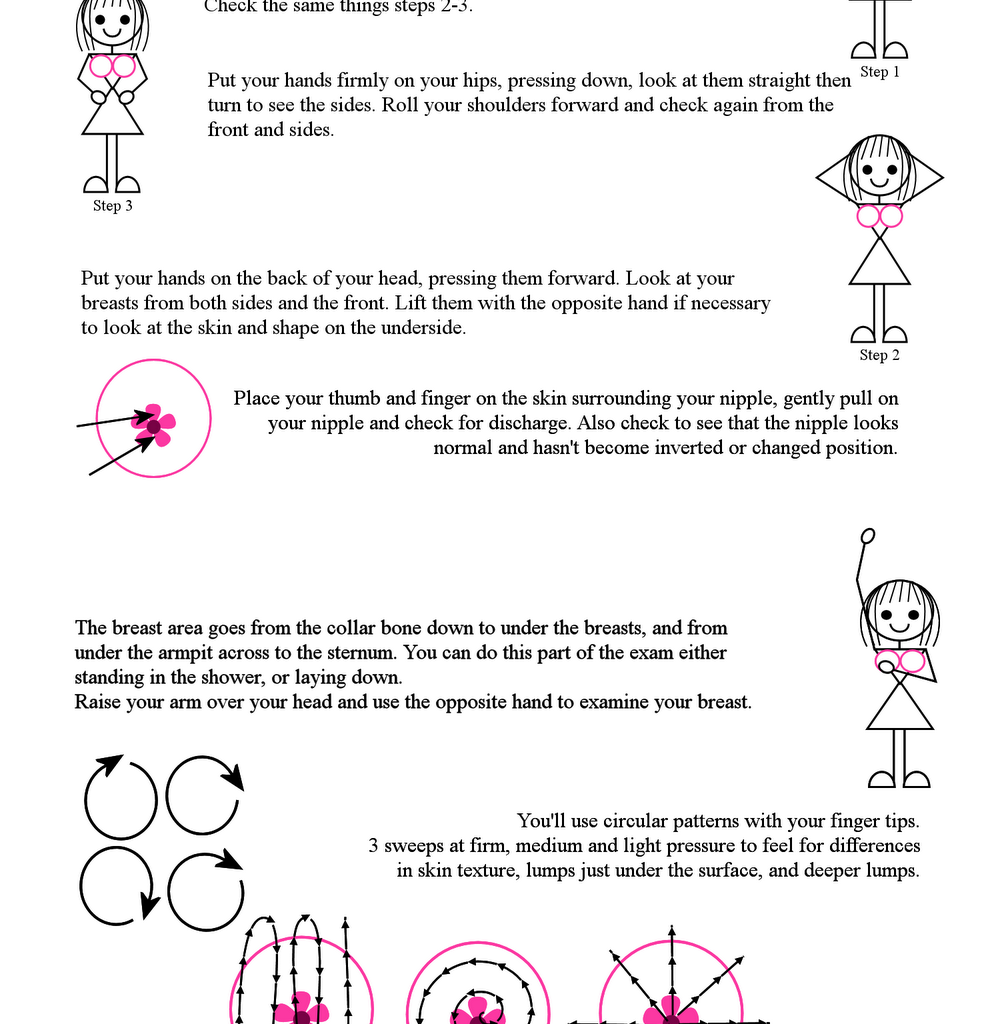
What should I do if I detect a breast lump?
If you come across a breast lump in self-examination, the first thing you should do is not to panic.
Some females tend to delay going to a doctor due to the stigma associated with breast examination and investigation. And tend to wait and see if the lump enlarges or wait until they see any other changes in their breasts.
But as I mentioned earlier, early detection is the key to beating breast cancer, and you must seek medical attention as early as possible.
The triple assessment
After you visit your doctor, he or she will do what most of us tell as the “triple assessment“
The triple assessment includes 3-steps
- Examination, your doctor will thoroughly examine your breasts.
- Radiological investigation. A radiological examination, an ultrasound scan of the breast if you are young, and a mammogram test if you are old.
- A histological diagnosis. Your doctor will suggest you undergo a biopsy, a procedure in which a very tiny part of the lump is removed and examined under a microscope to see any malignant changes in the tissue sample.
Do I need to undergo a biopsy for my breast lump?

Not all patients will undergo a biopsy. The need to undergo a biopsy will depend on the examination and radiological findings as well as other risk factors.
The gold-standard method is taking a core needle biopsy, where doctors use a tiny needle that will cut and take out a small part of your breast lump for examination.
A very good lesson to be learned from the above story is that even though your initial breast biopsy is negative, that does not mean that you should stop being vigilant or stop self-examination.
You need to stay vigilant and continue self-examination of your breast to see any future changes.
The results of the biopsy report can depend on so many factors. It includes the skill of the person who is taking the sample, the skill of the person who is checking the sample under the microscope, as well as the site.
Depending on the report of the biopsy, the doctor will decide what he would do next. If the biopsy report is inconclusive, he might go for a repeat biopsy.
If the report comes as a benign lump, he might observe for future changes and reassess your lump in 3-6 months.
Unfortunately, if the biopsy report came as a malignant tumor, then you will have to undergo surgery to remove the lump. Together with chemotherapy to eradicate any remaining cancer cells and possible metastasis.
As I mentioned before, a breast cancer patient will usually have a high chance of survival.
So if you are someone over the age of 30, make sure you undergo a regular self-examination of your breast at least once a month.
